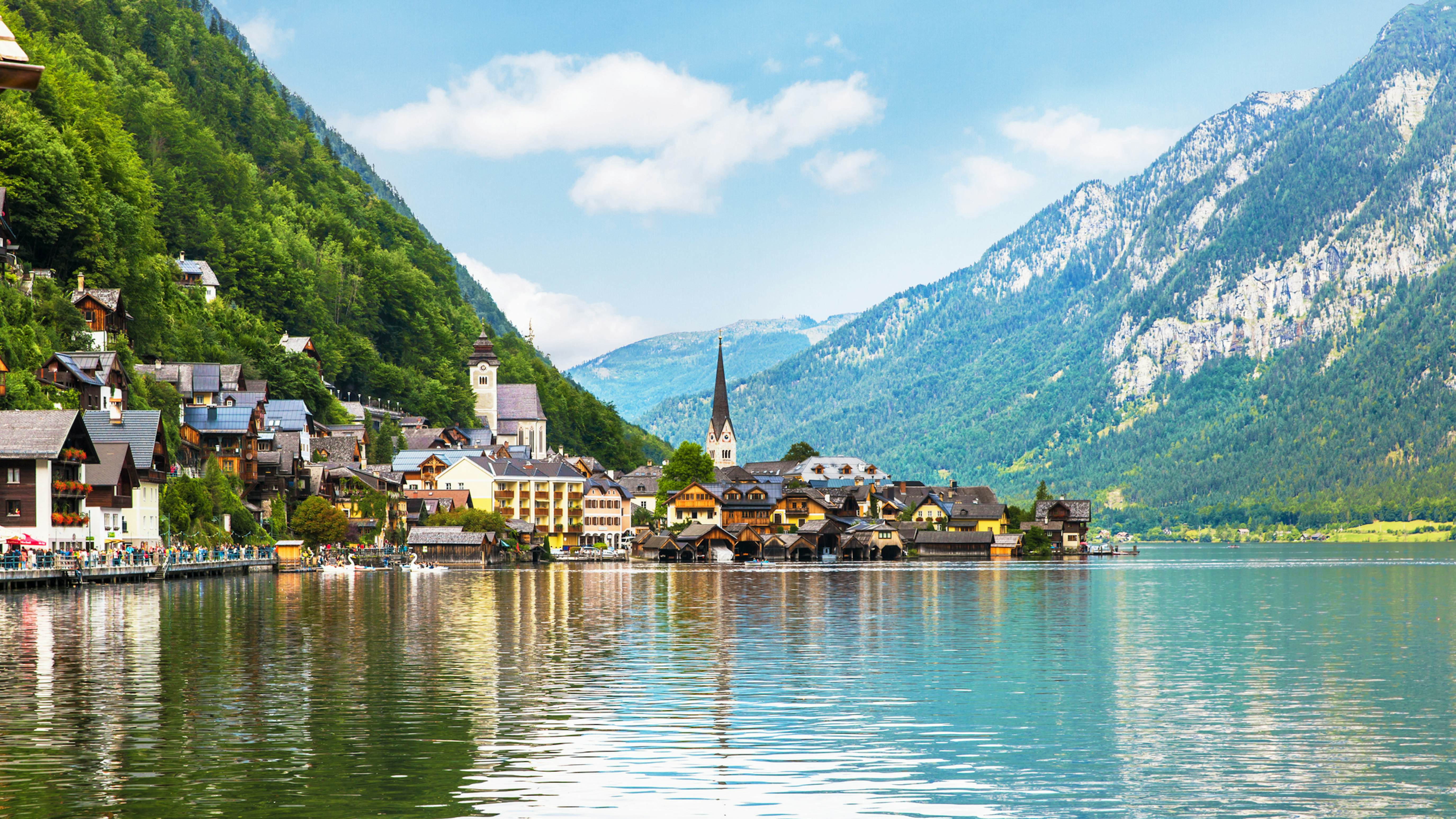Nestled within the annals of European history lies a realm both mysterious and compelling – Austrásia, the enigmatic heart of Merovingian Europe. Austrásia, meaning “eastern land,” flourished as a key political and cultural center during the early Middle Ages. Its story is a tapestry woven with threads of power struggles, cultural exchanges, and religious fervor. In this article, we embark on a journey to unravel the secrets of Austrásia and uncover the significance it held in shaping the course of European history.
Origins and Geography
Austrásia emerged as one of the three main kingdoms of the Merovingian dynasty, alongside Neustria and Burgundy, following the dissolution of the Frankish Empire. Its geographical boundaries encompassed parts of modern-day France, Germany, Belgium, and the Netherlands. With its capital at Metz, Austrásia thrived as a melting pot of diverse cultures, bridging the Roman and Germanic worlds.
Political Dynamics
At the heart of Austrásia’s political landscape was the intricate interplay between kings, nobles, and clergy. The Merovingian kings, though titular heads of state, often yielded real power to the powerful aristocratic families, known as the “Mayors of the Palace.” These mayors, such as the renowned Pippinid dynasty, wielded significant influence over Austrásia’s affairs, steering the kingdom through turbulent times and shaping its destiny.
Cultural Renaissance
Austrásia blossomed as a center of cultural renaissance during the Merovingian era. Its cities, including Metz, Reims, and Trier, became vibrant hubs of artistic and intellectual exchange. The fusion of Roman and Germanic traditions gave rise to a unique cultural synthesis, evident in Austrásia’s architecture, literature, and religious practices.
Religious Influence
Religion played a pivotal role in shaping Austrásia’s identity. As Christianity spread across Europe, Austrásia emerged as a bastion of faith, nurturing prominent figures such as Saint Arnulf of Metz and Saint Radegund. Monastic communities flourished, contributing to the preservation of knowledge and the propagation of Christian ideals. The Council of Metz in 511, convened by King Clovis I, marked a significant milestone in Austrásia’s religious history, solidifying its allegiance to the Catholic Church.
Military Might
Austrásia’s strategic location made it a battleground for competing powers vying for dominance in Western Europe. The kingdom’s military prowess, bolstered by its formidable cavalry and fortified cities, played a crucial role in defending against external threats and expanding its territorial influence. Austrásia’s military campaigns, such as the conquest of Burgundy under King Theudebert I, underscored its ambitions for territorial expansion and political supremacy.
Legacy and Influence
Despite its eventual integration into the Carolingian Empire, Austrásia’s legacy endured through the centuries, shaping the political and cultural landscape of Europe. The Carolingian Renaissance, spearheaded by figures like Charlemagne, drew inspiration from Austrásia’s cultural heritage, laying the foundations for the medieval revival of learning and art. Moreover, Austrásia’s role as a cultural bridge between the Roman and Germanic worlds left an indelible mark on European identity, fostering a sense of unity amidst diversity.
Conclusion
In the annals of European history, Austrásia stands as a testament to the complexities of medieval politics, culture, and religion. From its humble beginnings as a Frankish kingdom to its zenith as a cultural and political powerhouse, Austrásia’s story is one of resilience, innovation, and enduring legacy. Exploring the enigmatic heart of Merovingian Europe unveils not only the rich tapestry of Austrásia’s past but also its enduring influence on the course of European civilization. As we delve into the depths of Austrásia’s history, we unearth a treasure trove of insights into the forces that shaped the medieval world and continue to resonate in the tapestry of Europe today.
